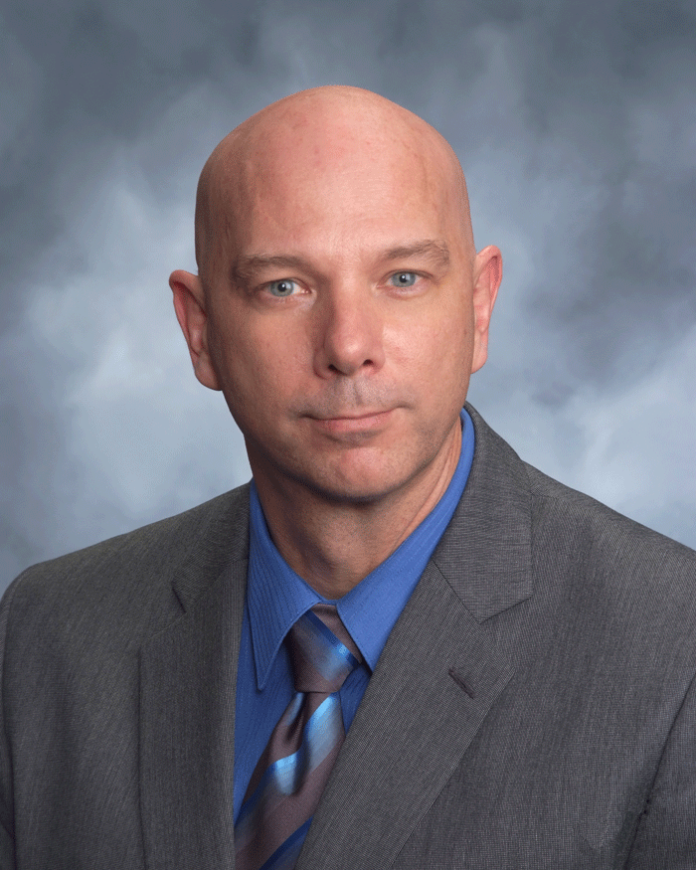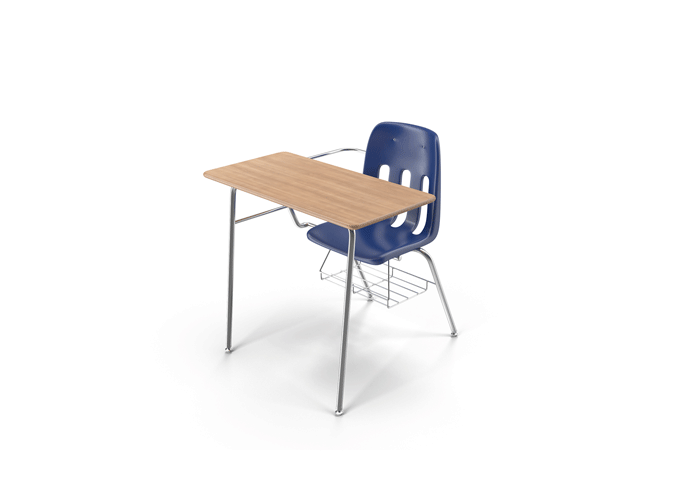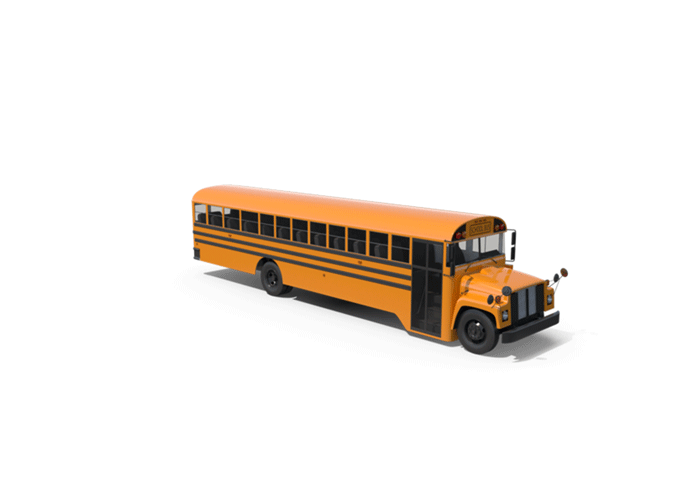When state or federal entities create impossible situations due to unfunded mandates, unpredictability, or conflicting laws, public schools have always managed to figure things out. Inevitably, the central-planned solutions become politically impossible messes that school boards, parents, and educators are expected to unravel. As we have seen since this pandemic started, local control is a very convenient scapegoat when one-size-fits-all solutions hurt more than they help, but we may have finally tied ourselves up in a knot that local schools cannot untangle.
Beginning with the state-wide closures in the spring of 2019 and continuing through the 2020-21 school year, school districts were expected to either carry heavier and heavier loads managing COVID or just give up and close. We figured them out, however, navigating state and federal contradictions at the local level. Districts like Duncan swam upstream to keep schools open despite quarantining 2,500 students and staff. We made tough decisions locally to keep our schools open, despite our hands being tied.
Last year, schools like Duncan assisted in duly authorized quarantining, contact tracing, isolation orders, and close contact notifications based on very explicit communications that schools must follow these orders. We were either directly notified or confirmed regarding every COVID case in our schools. Then, under the direction of duly authorized experts, we provided information to assist in their final determinations. Public school staff did most of the legwork and delivered most of the orders, but we never acted unilaterally, for we do not have the expertise or authority to do any of those things. We truly appreciated the partnership with local health authorities as we worked together to keep schools open safely. It was exhausting, but at the end of the year, we felt like we fought the good fight together.
But this year, schools are being “expected” to issue quarantining, contact tracing, and isolation orders unilaterally, based solely on personal, self-reported, and unverifiable health information. We are no longer officially notified of confirmed COVID-positive people in our buildings. Authorities no longer identify specific individuals or groups for quarantine, contact tracing, or isolation. They no longer prescribe the terms or duration of those quarantines. This year, schools have been told that we are on our own. Schools are now expected to do those things that have traditionally been beyond our authority, and we understand that we may lose funding if we do not. So, which laws do we break?
If schools follow current recommendations, we will be violating SB658, but this is not about masks anymore. We are expected to quarantine, which requires our knowing a person’s vaccination status, but SB658 apparently forbids our requiring documentation that an individual has been vaccinated against COVID-19. Expecting schools to act as public health experts during a pandemic seems to contradict existing laws and virtually everything we have been told since this pandemic started. In the past, schools have always wriggled free enough to find a solution when asked to, but for me the answer is finally “No.”
No, my schools should not be compelled to violate any provisions of SB658, for it is the law. And, no, educators should not be asked to act as public or private healthcare authorities during a pandemic. These are impossible choices that schools should not be forced to make. Schools can legally send sick people home and close to protect our staff and students, but educators cannot manage a pandemic. If things have changed, we need clarity and certainty before moving forward.
No one knew if COVID would return the way it has, and no one wanted it, but we all knew that SB658 would create impossible choices if COVID did surge again. That impossible choice was not created by parents, educators, or children, but once again, they are expected to unravel this impossible problem. This time, I respectfully say, no. Schools cannot carry this burden.
Tom Deighan is currently the superintendent of Duncan Public Schools. He may be reached at deighantom@gmail.com You may read past articles at www.mostlyeducational.com








